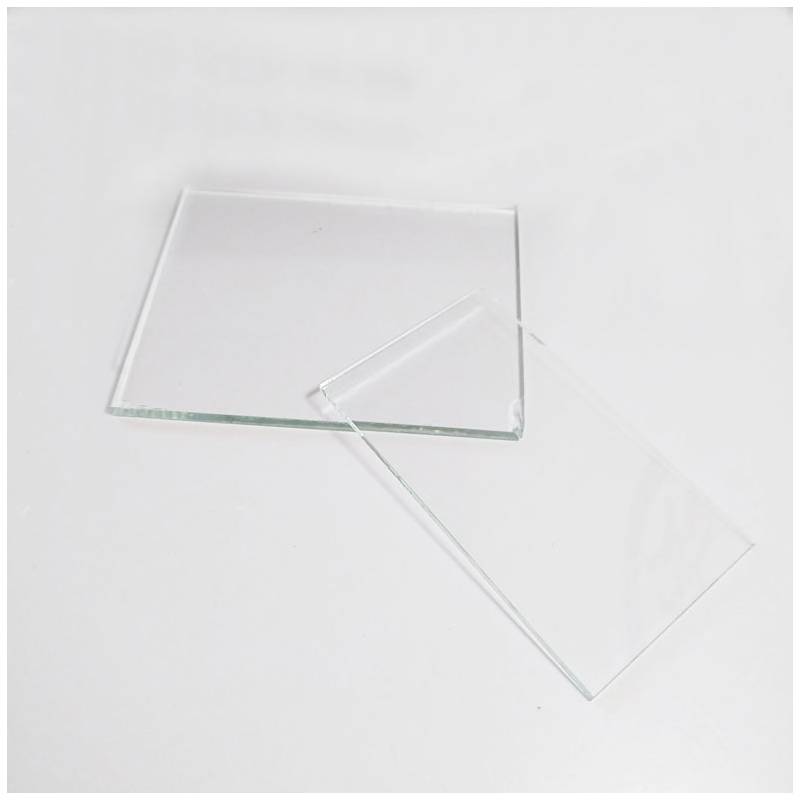Awst . 29, 2024 22:48
The Importance of Architectural Glass Design
Architectural glass design has become an integral part of modern architecture, influencing not just aesthetics but also functionality and sustainability of buildings. As urban environments evolve, the role of glass in architecture has expanded significantly, allowing architects and designers to explore innovative ideas that enhance both interior and exterior spaces.
One primary appeal of architectural glass is its ability to create transparency and light. Large glass facades can transform a building’s interaction with its surroundings, allowing natural light to flood indoor spaces while offering stunning views of the environment. This not only enhances the quality of life for occupants but also reduces the need for artificial lighting, thereby promoting energy efficiency. For instance, the use of smart glass technologies, which can change opacity in response to sunlight, optimizes thermal comfort and minimizes heat gain in warmer months.
In addition to practicality, architectural glass design allows for creative expression. Glass can be shaped, tinted, and textured in a myriad of ways, enabling architects to craft unique structures that stand out in the skyline. For example, the iconic glass pyramid at the Louvre Museum in Paris showcases how glass can serve both as a modern addition to classical architecture while respecting the historical context of its surroundings. Similarly, buildings like the One World Trade Center in New York City utilize glass to convey a sense of openness and resilience, embodying the spirit of the city.

Moreover, technological advancements in the production of glass have significantly broadened its applications in architecture. Laminated, insulated, and tempered glass options are now more readily available than ever, offering improved safety and energy performance. For example, insulated glass units (IGUs) provide excellent thermal insulation, reducing energy consumption and enhancing indoor climate control. These innovations not only contribute to the longevity of the buildings but also align with the growing emphasis on sustainable architecture.
Sustainability is a crucial aspect of architectural glass design, as the building industry faces increasing pressure to reduce its carbon footprint. By integrating glass with renewable energy sources, such as solar panels, architects can create buildings that are not only visually appealing but also environmentally responsible. This approach fosters a harmony between nature and the built environment, allowing structures to coexist with their surroundings in a meaningful way.
Furthermore, architectural glass can improve the function of spaces. For instance, glass partitions can define areas within an open-plan office without sacrificing light flow. This versatility allows for flexible designs that promote collaboration while maintaining privacy as needed.
In conclusion, architectural glass design plays a pivotal role in contemporary architecture, blending aesthetics with functionality and sustainability. As the industry continues to innovate, the potential for glass in architecture will only expand, paving the way for more dynamic and responsible building designs. By harnessing the properties of glass, architects can create structures that are not only beautiful but also harmoniously integrated into their environments, embodying the spirit of modern architectural thought.
The Role of Mirror Glass in Luxury Interior Design
NewsJun.23,2025
The Best Textured Glass for Bathroom Windows
NewsJun.23,2025
Residential Glazing Energy Efficiency Requirements
NewsJun.23,2025
Float Glass Uses
NewsJun.23,2025
Clear Float Glass For Solar Panel Covers
NewsJun.23,2025
Benefits Of Using A Glass Mouse Pad Over Traditional Ones
NewsJun.23,2025